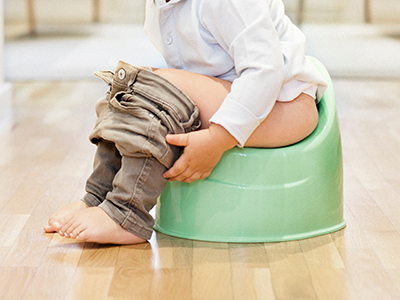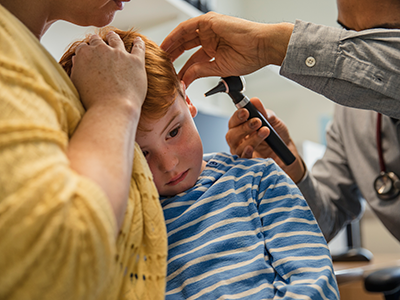Tympanostomy tubes, or ear tubes, are one of the most common procedures that a child may need to reduce ear infections and optimize their listening skills. Early hearing tests are very important to ensure that children who are screened are able to perceive sounds properly and acquire language. Failure to check children’s ears may result in learning disabilities.
Indication and prevention
The most common indication that a child needs ear tubes is persistent ear infections over three months and fluid buildup in the middle ear that does not resolve or improve with antibiotics. Ear tubes permit middle ear fluid to exit the ear.
Ear tubes are shaped like tiny cylinders and are precisely placed by the surgeon through the ear drum in order to drain the middle ear fluid. The tube ventilates the middle ear and allows air to return into the middle ear. This will help the ear function normally.
In particular, children who do not tolerate antibiotics due to allergies receive tremendous benefit from ear tubes. Additionally, topical antibiotic drops to the middle ear space avoids allergic reactions and delivers higher dose to the pathogens.
Ear tubes remain in place for 6 to 24 months; about 25 percent of children may need a second set of ear tubes.
Guidelines for ear tubes
- Children with re-occurring ear infections can either undergo ear tubes or at a minimum be monitored and brought back after four weeks to make sure there is no recurrent infection or fluid.
- If your child experiences hearing difficulties from fluid buildup in both ears for at least three months, ear tubes should be recommended and offered.
 https://riseandshine.childrensnational.org/wp-content/uploads/2025/07/Swimmers-ear-feature.jpg
300
400
Danielle Robbins
https://riseandshine.childrensnational.org/wp-content/uploads/2017/11/childrens_riseandshine_logo.jpg
Danielle Robbins2025-07-07 17:23:292025-07-07 17:23:29What every parent should know about swimmer’s ear
https://riseandshine.childrensnational.org/wp-content/uploads/2025/07/Swimmers-ear-feature.jpg
300
400
Danielle Robbins
https://riseandshine.childrensnational.org/wp-content/uploads/2017/11/childrens_riseandshine_logo.jpg
Danielle Robbins2025-07-07 17:23:292025-07-07 17:23:29What every parent should know about swimmer’s ear





















Leave a Comment
Want to join the discussion?Feel free to contribute!